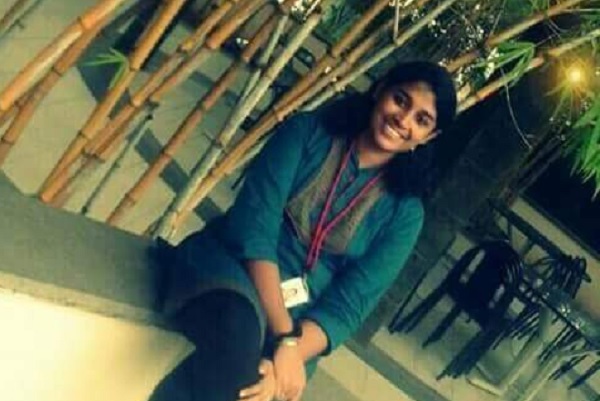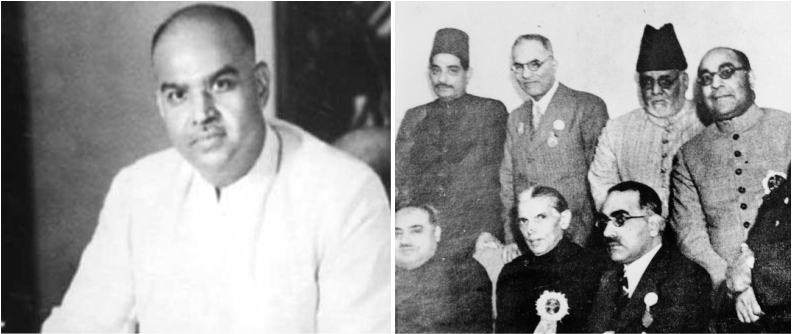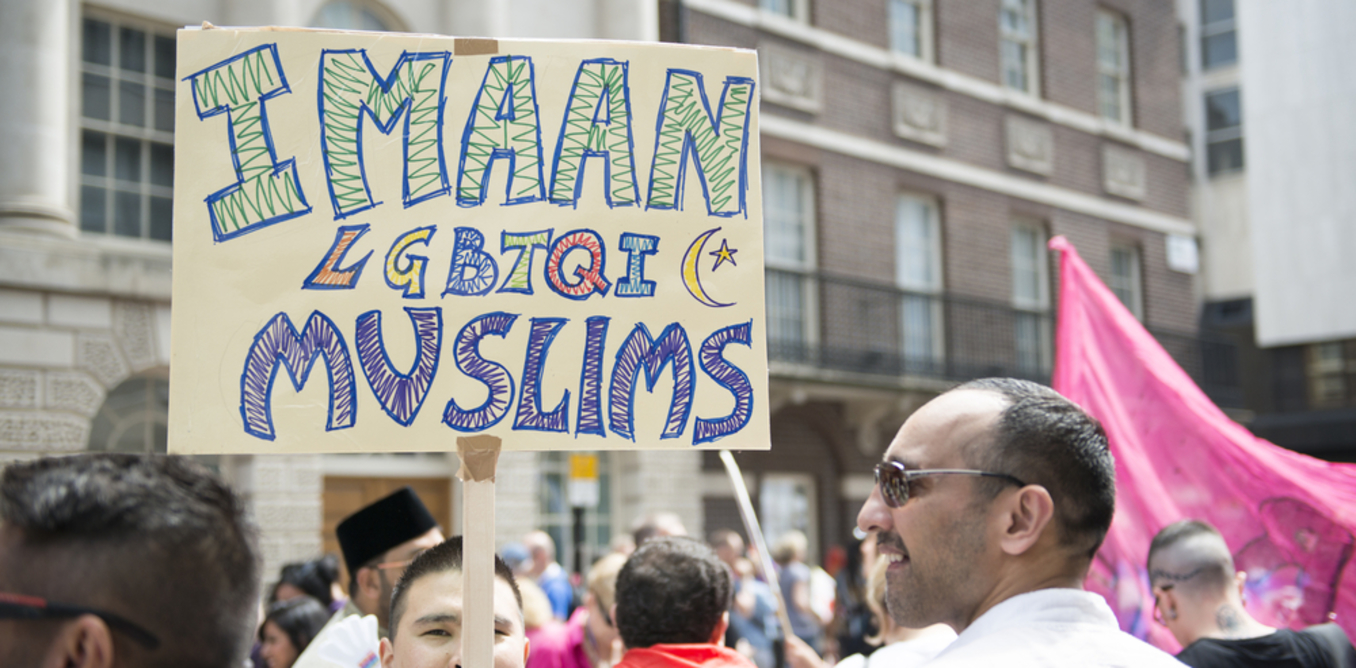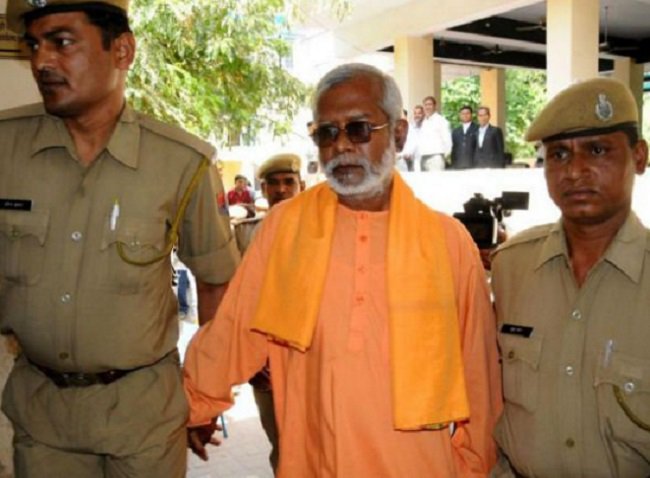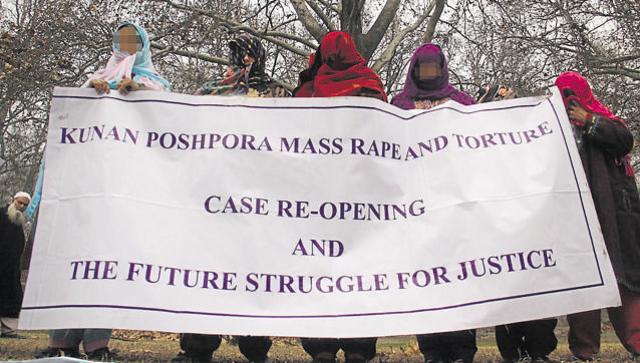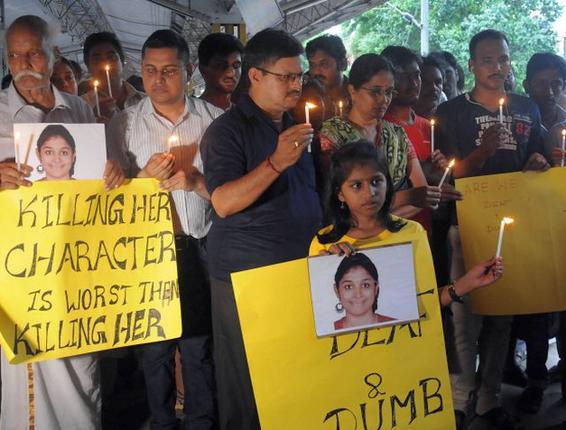
A candlelight vigil held in memory of software professional S. Swathi in Chennai. Photo: K. Pichumani
Five days after Swathi, an Infosys employee was brutally murdered at Chennai’s Nungambakkam station, her sister Nithya, has written an open letter to counter false claims and dispel rumours about Swathi that are doing the rounds on social media. On June 24, Swathi, an Infosys employee was brutally murdered at Chennai’s bustling Nungambakkam station, four days later no arrests have been made.
Here is the full text of the open letter by Swathi's sister:
“Well, I know, I can’t clear or clarify all the speculations raised against Swathi. As her elder sister, I thought I will share some facts about her. She was such a childish, soft-spoken, God fearing, semi-traditional, bubbly and poised girl.
“She did not step out of the house without reading Sundharakandam, Thadipanjagam and putting Acharyan archadhai in her head (sacred rice). While commuting to the office by train, she regularly listened to Vishnu Sahasaranamam.
“As her office is on the way to Singaperumal temple, she often visited Narasimhar temple and also our Acharya Mudaliandan Swamigal in Thirumaligai. While returning home she didn't fail to visit Srinivasa Perumal Temple in Choolaimedu.
“Born in Srirangam and raised in Chennai as per the Iyengar traditional values and beliefs, and as a family, we love travelling and have visited many temples, without compromising on tourists’ spots. The last trip with her was to Masinagudi where we got lost in the middle of wilderness and nature.
“She loved nature and had done a couple of treks including one to Mukurthi peak. She was very attached to the family, both direct and extended. Her friend’s circle was very limited and didn’t entertain any unnecessary drama.
“Having said this, it is really shocking to see the speculation about her. I also request public not to create any new posts in her name or for her as it might add to the existing speculation and confusion with regard to the case.
“It would be great if people can stop speculating and start praying for her. All I request is for a permanent solution for such unfortunate incidents to prevent them from recurring. Let us not unnecessarily tarnish the image and the character of the unfortunate departed soul. Let us not allow the #spiritofchennai to die.
“For some unknown reason, no one came to her rescue, but let this pass. Going forward, let us take an oath in our own little way to help one another. Also, I want to remind the public that it isn’t only the responsibility of the government or the officials’ duties to safeguard the country and the citizens.
“It is everyone's responsibility to take care of ourselves, others and the country. Together we can achieve a lot. I am very sure this incident is going to bring a change in each of us. Proud to be an Indian and always love Chennai. Jai Hind.”
Meanwhile there are aspects to this tragedy that reveal not just where ‘social media’ goes with such crimes but what we actually need to ponder about
The News Minute carried a special report on the safety of Chennai local train stations at night?
Watch the video here:
This report stated:
Many anti-social elements also use the stations at night, posing a threat to travellers. Days after a 24-year-old woman was hacked to death in broad daylight at the Nungambakkam railway station, The News Minute decided to do a reality check of Chennai’s public transport system. We chose to ride the MRTS line at 8 pm on Tuesday.
Despite being only 20-years-old and having amenities such as escalators and lifts in several stations, the patronage for the MRTS is low. Unlike Chennai’s suburban railways, which have a million commuters every day, India’s first elevated line sees an average of only one lakh riders.
We decided to start at the Indira Nagar station. Located along the IT corridor, the station is one stop away from Tidel Park. People hovered at the entrance to the station, taking shelter from the rain. What struck me as I entered the station was the sheer size of the station, which was built for bigger crowds. There were no queues at the ticket counter.
On purchasing the tickets, we headed to the mezzanine floor, vast and empty, serving no purpose.
The two platforms had a handful of commuters at around 8 pm, who were heading home after a long day at work. A lone security personnel manned one corner of one platform. He was responsible for keeping watch of the other platform too. My colleague Pheba, who regularly uses the MRTS, noted that the policeman on duty appeared to be a new security measure, perhaps, in the wake of the recent murder.
From Indira Nagar, we took the train to Kotturpuram. We got into the general compartment. There was no security present. While many seats on the coach were occupied, the train was far from running full.
At Kottupuram, we made our way down to station. Much like Indira Nagar, this station too was deserted. Like many other stations, Kottupuram has two entrances/exits. In a move to monitor crowds, there were plans to have single entry and exit points. But this remains only on paper. There are no security personnel at the station, barring the platform. None of the stations have CCTV cameras or metal detectors.
After dark, many destitute people use the stations to sleep in. What’s more worrying is that many anti-social elements also use the stations at night, posing a threat to travellers.
The next stop was Chepauk, near the MA Chidambaram cricket stadium. Although there were definitely more people, the station itself was a picture of neglect. Escalators weren’t functional; tiles were dug up from the floors, large steel columns lay haphazardly inside the station. Water pooled around Chepauk station, as the leaky roof incessantly dripped rain water.
Like Kotturpuram, there were people asleep inside the station and the platform. But unlike the other stations we visited, the lone policeman was missing.
Pheba and I took the ladies coach on our way back. There was no police personnel in the compartment we boarded. There were helpline numbers for the Railway Protection Force and the state’s Government Railway Police in both the general and ladies coaches.
I chose to get down at Light House, while Pheba travelled on. The station was relatively crowded. But they were not commuters. Homeless and poor, many men and women were calling it a night at the Light House station.
After scoping out both exits, I chose, what I believed was, the safer route. The parking lots, dark and dingy, had camps of men. Dim streetlights lined the access route to the main road, located about a kilometre away. As I walked alone in the rain, I suddenly became aware of the many eyes watching me. Choosing to ignore, the inebriated catcall from a passerby, I made way out of the MRTS station and prayed I would find an autorikshaw at the earliest.
The media had also reported how people present at the station during and after the murder were mere spectators and many chose to board the next train and carry on with their business as usual.What haunts K Santhanagopalakrishnan the most is that when his 24-year-old daughter Swathi was lying on a railway platform bleeding to death, literally no one helped.
“Even if a crow is dead, the corpse is surrounded by hundreds of other crows,” said the grieving father in an interview to India Today. “If something is happening to a common man, we should not be mute spectators. This should be the last of such an incident,” he added.
Santhanagopalakrishnan also expressed his helplessness and disbelief when he wondered if his daughter could have been alive had bystanders done something to help her. “I don’t know if it was due to aversion or selfishness, they allowed the attack to happen,” he told NDTV.
In addition to losing his daughter, Santhanagopalakrishnan now fears for the safety of the rest of his family. “My family is afraid to go out,” he said as the crime happened not at an isolated place, but a busy one.
While the media scrutiny on the case has heightened the pressure on the authorities to nab the culprits, much to Santhanagopalakrishnan’s dismay, the limelight extended to his daughter’s personal life as well. Even in the hour of mourning, the techie’s father has made an appeal to not bring caste or communal colour where it is not required.
“As we talk of women’s liberation, women’s safety has to be prioritized. This type of incident should be the last one and should not be repeated. The body was lying for two hours without getting any medical attention. Even a cloth was not put over the body,” he told India Today.
Meanwhile, the police are also exploring the stalker angle with many reports suggesting that Swathi was being followed by a man for about two months. However, Santhanagopalakrishnan seemed unaware about the aspect. He said that there was only “one stray incident of stalking in May (10th May) when one guy was following her and she also spoke about the same. Otherwise my daughter never spoke about any stalker”.

